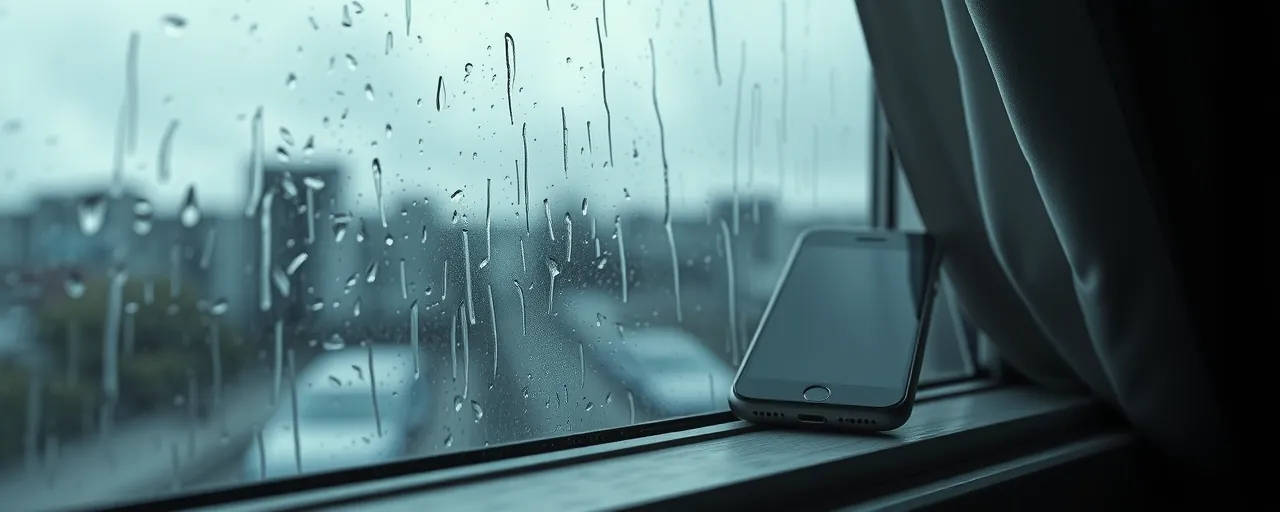A Lifeline in Your Pocket
Hurricane season is around the corner, and New York State wants residents ready. The Triple Three Triple One alert system, unveiled by Governor Kathy Hochul, lets anyone text their county or borough name to 333111 for instant emergency and weather updates. It’s straightforward and could save lives when storms roll in. With hurricanes expected to hit hard from June 1 to November 30, this system aims to keep New Yorkers informed and prepared.
Signing up costs nothing and works across all cell carriers, though regular messaging fees might apply. Text your county name, or for New York City, your borough without spaces, like Brooklyn. Need alerts for other areas, perhaps for family elsewhere? Send additional county names one by one. The system’s ease of use ensures that everyone, regardless of tech savvy, can stay in the loop when danger looms.
This launch aligns with predictions of a rough hurricane season. Colorado State University’s April forecast warned of 17 named storms, nine hurricanes, and four major ones, far above normal. Climate change is fueling more intense weather, making reliable alerts essential. New York’s new system steps up to meet that urgent need with real-time precision.
Strengthening Communities Against Storms
Alerts are only part of the plan. New York has partnered with 51 counties to deliver $15 million in flood-fighting tools, from pumps and generators to chain saws and barriers. These resources aim to help towns tackle flooding and outages, which have surged in recent years. Memories of Hurricane Sandy’s devastation in 2012 drive home the need for communities to be equipped and resilient.
Training is equally vital. The Division of Homeland Security and Emergency Services recently held a weeklong drill, simulating a tropical storm to prepare state emergency teams. Such exercises build confidence and coordination for real crises. The state’s Citizen Preparedness Corps has also trained over 400,000 residents to create emergency plans and stock supplies, emphasizing that readiness is a shared responsibility.
At SUNY Albany, the State Weather Risk Communication Center, opened in 2023, works to refine how weather warnings reach people. Beyond issuing alerts, the center studies how to make messages clear and actionable. Research shows flood warnings often spark less urgency than other alerts, so tailoring communication to boost trust and response is a priority.
Navigating Costs and Challenges
New York’s efforts come with trade-offs. Some policymakers question the scale of public spending on disaster prep, urging tighter budgets and more local or private-sector involvement. With national disaster costs climbing, they argue for leaner, short-term investments to keep federal funds flexible. This perspective values efficiency while recognizing the strain on resources after years of costly storms.
Others stress the need for bold action against climate-driven threats. Federal programs, like the 2021 Infrastructure Investment and Jobs Act, have funneled billions into resilience, proving that upfront costs can prevent larger losses. Coastal areas, including New York, are also turning to nature-based defenses, like shoreline green zones, which save money over hard barriers while benefiting the environment. These strategies aim to protect communities sustainably.
Getting people to act on alerts remains a hurdle. Studies show that clear, trusted messages drive better responses, but too many alerts can numb audiences. New York’s localized system seeks to cut through the noise, but its success hinges on public awareness and regular testing. Communities hit by frequent warnings, especially in flood-prone areas, need education to stay engaged and responsive.
Bracing for What’s Next
New York’s alert system and preparedness push are strong moves, but storms are growing fiercer. Climate change brings unpredictability, and no technology can fully outmatch nature. By pairing real-time alerts with equipment and training, the state equips residents to face tough seasons. The real test is ensuring everyone, from upstate villages to city boroughs, knows how to tap into these tools.
With hurricane season nearing, risks like storm surge, heavy rain, and winds demand attention, as the National Weather Service notes these can hit far from a storm’s core. New York’s investments signal a commitment to proactive defense. Whether they’ll hold up depends on how well the state and its people adapt to a climate that’s changing faster than ever.
Residents can start small: text your county to 333111. It’s a quick step, but in a crisis, it could mean everything. As New York prepares, this blend of action and awareness might be the edge needed to weather the storms ahead.
